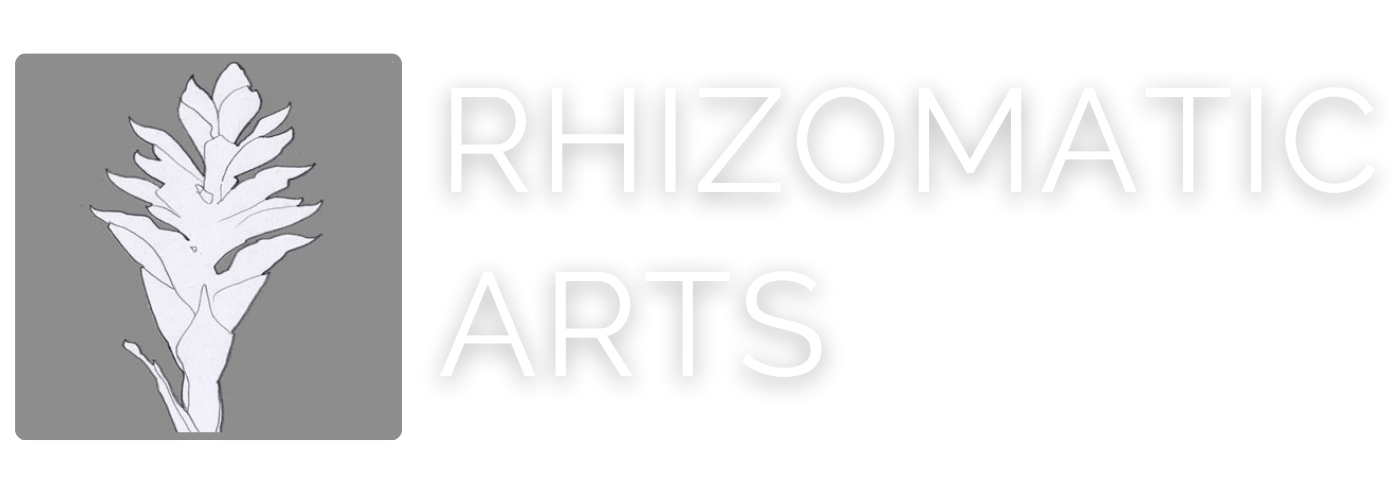A case for inter-generational support, Part 2: Exchange
In last night's CHIME Live! showing and sharing, 2010 CHIME Southern California mentors and mentees talked about the discoveries they made and the intimate relationships they developed over the past 12 months. One thing that immediately struck me was that the mentors claimed that their lives and practices had changed significantly as a result of the partnership.
Victoria Marks noted that underlying the concept of "mentor" there is an idea that this person, by virtue of the length of their career or standing in the community, holds some special knowledge, which the student or mentee desires. The mentor in this scenario might then be imagined to dole out knowledge like alms for the poor. It's a classic idea, evoking aloof, ancient masters in temples on high, part of the legacy idea that I discussed in Part 1 of this story.
And this is an idea that is materially reflected in the compensation disparity in these mentorship programs. In the Rolex Mentor and Protégé Arts Initiative, mentors are awarded $50K honoraria for the year, while protégés receive a $25K grant (plus travel expenses), and potentially another $25K after the mentorship period has ended, to create new work. CHIME awards $7K stipends to mentors, and $3K (plus free or reimbursed studio time) to mentees. Keep in mind that the mentees, particularly in CHIME, are the ones actually making work in this scenario.
In CHIME, mentors must be professionals with at least 10 years of experience producing work, while mentees are only required to have worked for 3 years. Still, in the case of live artists/choreographers Julie Tolentino and Doran George (CHIME Southern California 2010), who are peers with similar degrees of experience, the only difference between mentor and mentee seems to be that their relationship is centered around Tolentino's work and not around George's. Even with the given that we're agreeing to look at your work and not mine, according to the CHIME mentors, the exchange of knowledge, inspiration, support, and insight always goes both ways. Indeed, mentorship partnerships are an exchange that we should view laterally rather than vertically--building bridges or crossing borders--rather than from the mountain top down.
Perhaps "peer exchange" might be a better name for this, except I believe this kind of exchange can take place between artists with different degrees of work experience, so not necessarily "peers" in the traditional sense. You help the lady across the street by taking out her garbage and walking her dog, and in return she teaches you to speak Mandarin. You create an archiving system with a choreographer who has been working for 30 years; they help you produce your first show. You're good with numbers, so you help your friend clean up her books; in return she commits to 30 hours of studio time with you, where she will support you in the awkward early phase of a new project. No money need be exchanged, you can start tomorrow, if you wish. The idea is rhyzomic growth, a network organism, pulsing just below the surface, a strong foundation with enormous dynamic potential.

